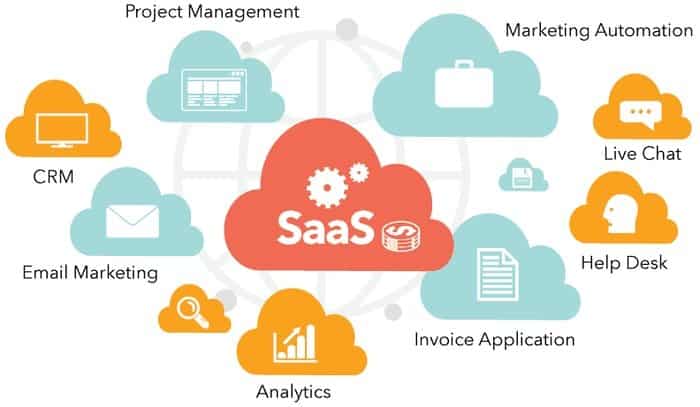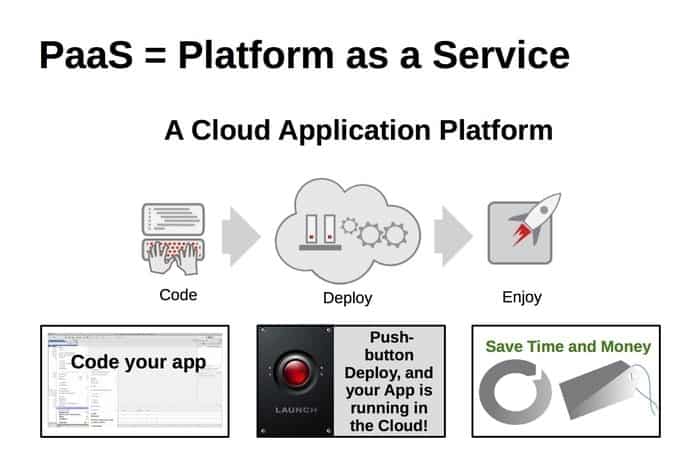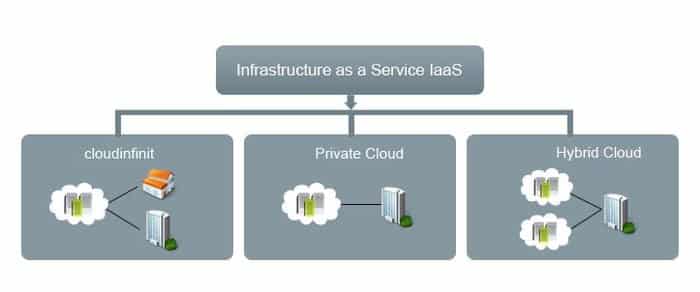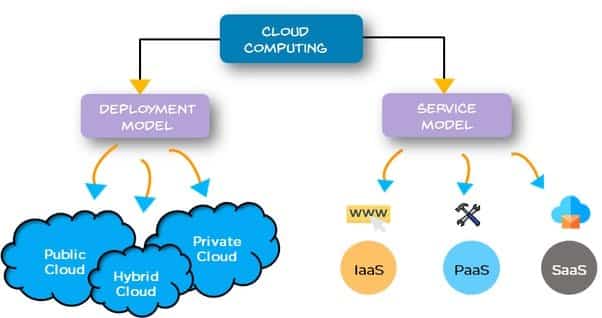Cloud Service models are mainly three types. Those are SaaS, PaaS, and IaaS. They are used to send data or use applications from the cloud. Data are stored in Cloud Storage.
Cloud storage is a redundant data server at various locations. The cloud service model helps to transfer data. We have discussed earlier the algorithm of cloud computing. Today We will discuss the three models of cloud computing. The three types of models are:
Software as a Service ( SaaS) in Cloud Service Model
In this cloud service model, the cloud hosting providers offer users access to their systems through software. The user installs software applications in their local device.

Key features of SaaS
- Software as a service (SaaS) vendors provides consumers with software and applications via a cloud subscription model.
- SaaS providers manage everything. The consumer does not have to manage, install or upgrade software.
- Information is secure in cloud storage. Equipment failure does not influence the outcome of the loss of data.
- The use of data assets can be scaled depending on cloud service needs.
- Applications are accessible virtually from almost any internet-connected device.
Uses of SaaS
SaaS is an alternative to on-campus application software. In the cloud, many software can be used as SaaS, such as:
- customer relationship management software
- mobile applications
- HR management software
- office and communication software
- payroll and accounting programs
- enterprise resource planning programs corporate performance management suites
Recommendation: How To Use Cloud Encryption Algorithm For Data Encryption In The Cloud
Advantage of SaaS
SaaS offers a user to use the software without buying the software or any application. So it has many advantages like:
Lower up-front cost
- Resulting in lower initial costs.
- The SaaS service provider manages the IT setup running the software, which brings down fees for hardware and software maintenance.
Quick set up and deployment
- SaaS application software is already installed in the cloud.
- Minimizes delays resulting from often lengthy normal software deployment.
Easy upgrades
- Deploying upgrades of applications and removing this workload and responsibility
Accessibility
- SaaS application needs a browser and an internet connection.
- available on a wide range of devices
- Not like a traditional software application.
Scalability
- SaaS providers offer many subscriptions
- options and flexibility to change subscriptions
Disadvantages of SaaS
SaaS model sometimes has a certain limitation, including:
Lack of control
- in-house software gives an organization a higher degree of control than a SaaS solution.
- Control resides with a third party.
Security and data concerns
- access management and the privacy of sensitive information
Limited range of applications
- Many applications don’t offer a hosted platform.
Connectivity requirements
- if internet service fails, lose access to software or data
Performance
- SaaS may run at slower speeds than on-premise
Example
Google Apps, Microsoft Office 365
Cloud Service models Platform as a service (PaaS)
Through PaaS, users can design, develop, manage and deliver software. PaaS is like a platform of cloud services to manage data. The user can use any tools from the storage. They can develop and customize their applications.

Features of Paas
- PaaS delivers a platform with tools to test,
- Develop and host applications in the same setting.
- Allows establishments to focus on development without worry about the underlying setup.
- Providers manage operating systems, server software, security, and backups.
- Simplifies collaborative work even if teams work distantly.
Examples
AWS Elastic Beanstalk, Apache Stratos.
An advantage of PaaS
- Enable faster time to market, allowing development teams to focus on the application
- Enhance the ability to react to changes and opportunities
- Spread capital investments further
- PaaS Innovate Faster any application to use
- Can reduce 60 % Cost so Focus on Resources
- An in-house platform may not provide the best technology, so PaaS helps to Get the Best Technology.
- It is the responsibility of the vendor to make updating the user
- The vendors have dedicated team are widely used get maximum uptime
- It can be scale easily
- Do the best project
- Get the best support.
The Platform as a service provides many tools for the developer to customize a scalable business application. As a result, the user becomes happy to use PaaS.
Cloud Service models Infrastructure as a service (IaaS)
These networking types offer users the server, storage, and network element to use the server. An organization uses its application with vendors’ cloud infrastructure.

Key Features of IaaS
- Instead of buying the hardware outright, users pay for Infrastructure as a service (IaaS) on demand.
- Setup is scalable depending on handling and storage needs.
- Saves organization the costs of purchasing and continuing their hardware.
- There can be no single point of failure because data is no cloud.
- Permits the virtualization of administrative tasks.
Advantage of IaaS
In previous data was low and demand for the cloud service model was limited. At present, because of extensive data, the demand for cloud storage has increased. So infrastructure as a service is required. The common benefits of IaaS are:
- The cloud service model helps to be free from limitations. When data is high, hardware is high.
- These types of cloud service models help to focus on priority.
- The cloud service model is a subscription bases system
- This cloud service model focus on business growth
- The Cloud service model IaaS saves the IT staff’s time. If any problem arises, it is not the duty of IT staff to solve it. Vendors will solve a problem.
Examples
Windows Azure, Amazon EC2, Rackspace, Google Compute Engine
Final Thought of Cloud Service Models
In the present world, these three types of cloud service models are widely used. This cloud service model helps the businessman to make wise decisions. They now choose which service they will use. People are buying comfort with money. The cloud service model helps to buy comfort.





